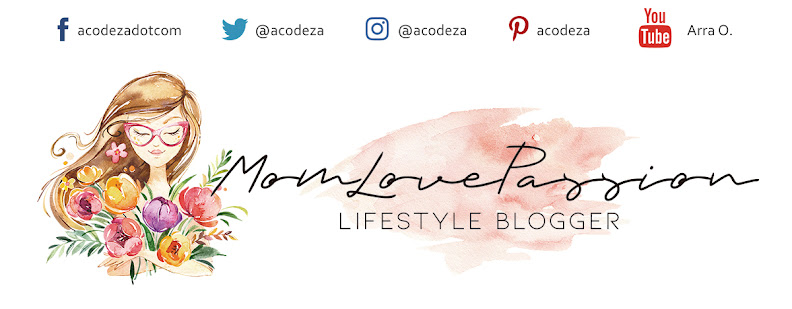Every once in a while, we are greeted with new trends and beauty inspirations that will rule the social scene for a span of time - like they always say, out with the old and in with new. Now, we are slowly transitioning from ombre hair to glitter roots, from bold brow to fat lip, from a midi ring to palm bracelet, from wearing the color Marsala to rose quartz and serenity. Most certainly, you need to be aware of these things if you don’t want to look like a throwback photo. Another thing that completes your trendy and new-age look is a healthy and radiant skin which, believe us, never goes out of style. To help you achieve this, there’s ATC Grapeseed Oil.
ATC Grape Seed Oil is an all-natural extract containing “Oligomeric Procyanidin”, an antioxidant 50 times more potent than Vitamin E, and 20 times stronger than Vitamin C. This antioxidant is said to have the ability to protect our bodies against free radicals which damage cells, allowing us to have healthier and more radiant skin. ATC Grape Seed Oil also helps in providing relief against pain and swelling caused by conditions like rheumatoid arthritis because of its anti-inflammatory products and contains proanthocyanidins, which are very potent antioxidants that contribute to diminishing the sun's damaging effects and lessen the free radical damage. However, ATC Grape Seed Oil is not a medicinal drug and should not be used to treat the symptoms of any disease.
ATC Grape Seed Oil is to be taken 2 to 3 times a day, or as prescribed by your doctor. ATC Grape Seed Oil is SRP P7.00 per capsule, available at Mercury Drug and other leading drugstores nationwide.











